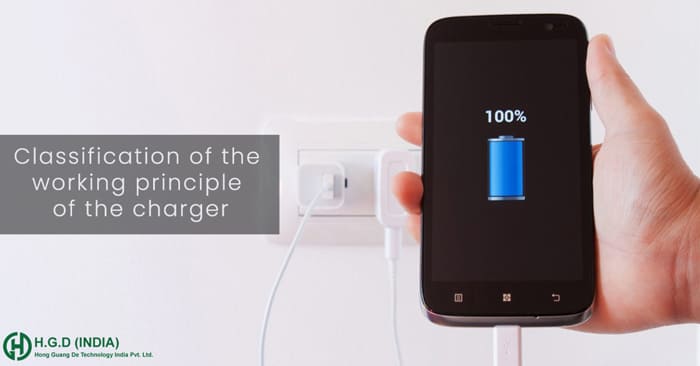Classification of the working principle of the charger

Phone charger generally refers to a static current transformer that uses a power electronic semiconductor device to convert an alternating current of constant voltage and frequency into direct current. It adopts constant current/constant voltage/small constant current intelligent three-stage charging mode, which has the characteristics of high charging efficiency, simple operation, light weight and small volume. Chargers are widely used in various fields, especially in the field of life, and are widely used in mobile phones, cameras and other common appliances.
There are many types of chargers, such as lead-acid battery chargers, test and monitoring of valve-regulated sealed lead-acid batteries, nickel-cadmium battery chargers, nickel-hydrogen battery chargers, lithium-ion battery chargers, and portable electronic devices. Lithium-ion battery protection circuit charger, electric vehicle battery charger, car charger, etc. With the continuous development of chargers, more and more industries and enterprises have applied chargers, and more and more enterprises have entered the charger industry.
The charger is divided according to the design circuit operating frequency, which can be divided into power frequency machine and high frequency machine. The power frequency machine is designed by the traditional analog circuit principle, the internal power device of the machine is large; and the high frequency machine is micro processing. As a processing control center, it is a complicated hardware analog circuit burned in a microprocessor to control the operation of the UPS in a software program.
All mobile phone chargers are actually all powered by a stable power supply (mainly regulated power supply, providing stable working voltage and sufficient current) plus necessary constant current, voltage limiting, time limit, overshoot and other controls. Circuit composition.
The working principle of the charger: First, the AC220 voltage is converted to a DC voltage of about 300V via a fuse, NTC and EMI filter rectification filter, and the initial working voltage is supplied to the 3842 (7-pin) via the start resistor, and the MOS tube switch action is driven, and the switch transformer is in the MOS tube. Under the action of the switch, it will continuously store -> release, and the electric energy sensed by the output winding will be rectified and filtered to output the DC voltage. The signal is fed back to the 1842 or 2 pin of the 3842 by sampling to the 431 or the op amp control optocoupler. Control the duty cycle of the output of the 3842 (6-pin) to achieve a stable output voltage value. It consists of a stable power supply (mainly regulated power supply, providing stable operating voltage and sufficient current) plus necessary constant current, voltage limiting, time-limited, overshoot and other control circuits.
The working principle of the charger: First, the AC220 voltage is converted to a DC voltage of about 300V via a fuse, NTC and EMI filter rectification filter, and the initial working voltage is supplied to the 3842 (7-pin) via the start resistor, and the MOS tube switch action is driven, and the switch transformer is in the MOS tube. Under the action of the switch, it will continuously store -> release, and the electric energy sensed by the output winding will be rectified and filtered to output the DC voltage. The signal is fed back to the 1842 or 2 pin of the 3842 by sampling to the 431 or the op amp control optocoupler. Control the duty cycle of the output of the 3842 (6-pin) to achieve a stable output voltage value.